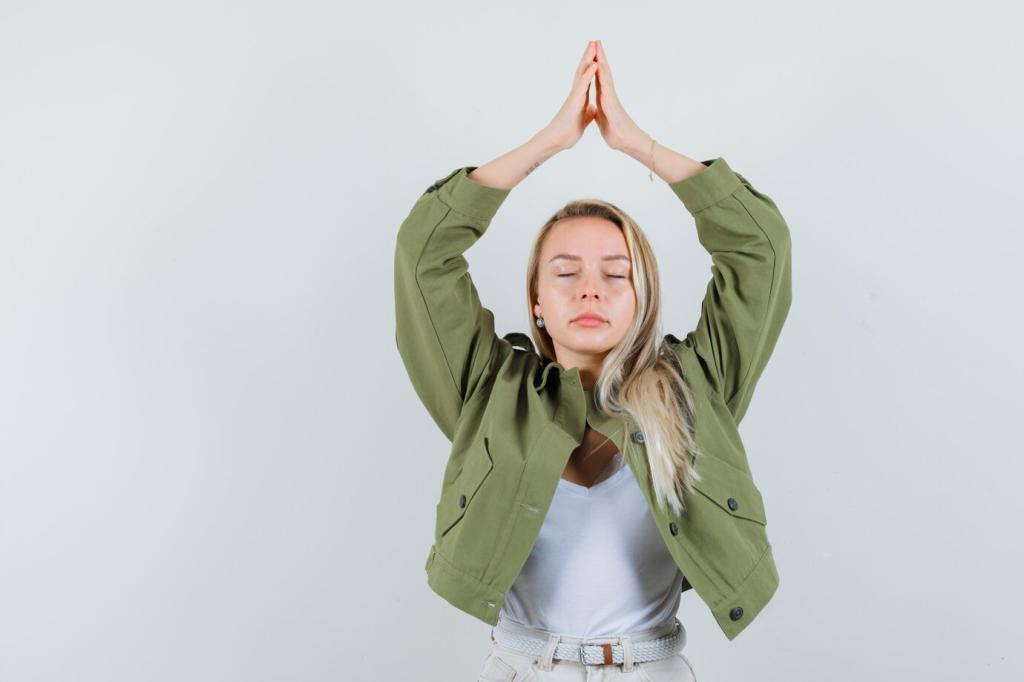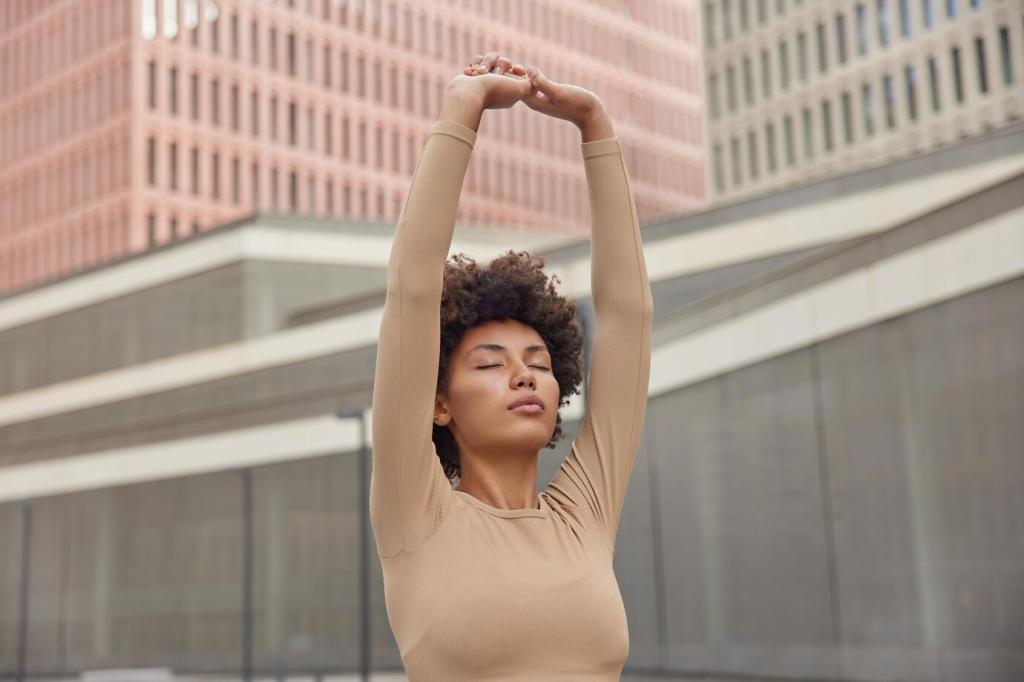A Soft Foundation for a Calmer Mind
Gentle yoga eases the body into relaxation without overwhelming the senses. By minimizing intensity and maximizing presence, you signal safety to the nervous system, allowing stress hormones to settle and mental fog to gradually lift.
A Soft Foundation for a Calmer Mind
Unhurried transitions between poses offer room to notice your breath, thoughts, and subtle sensations. This kinder tempo builds trust with your body, helping your mind loosen its grip on worry and reactivity.













